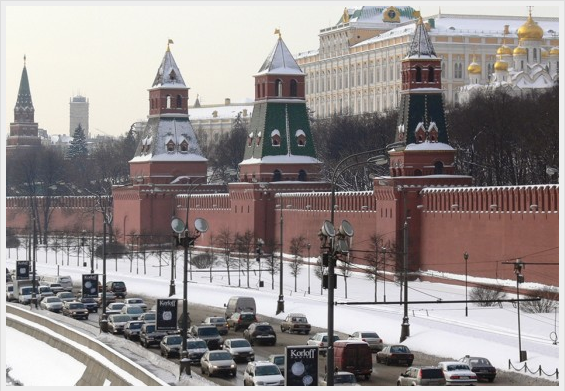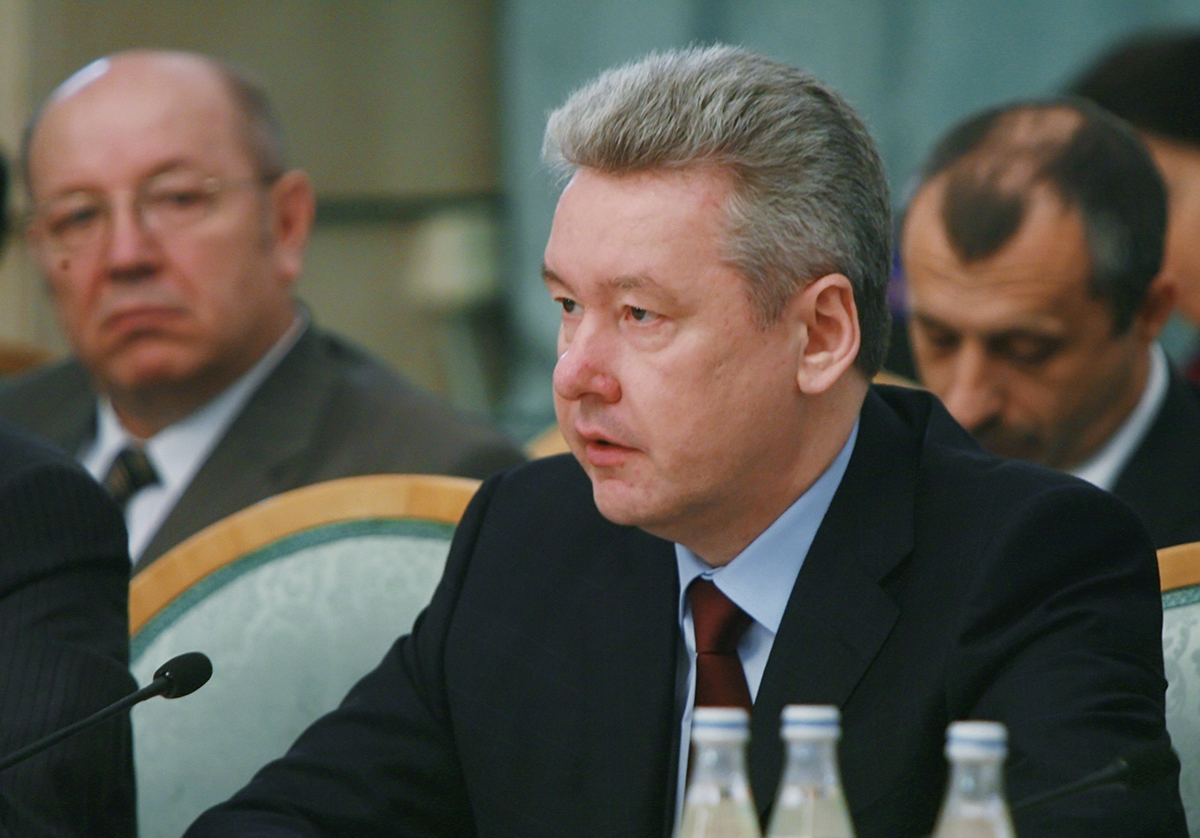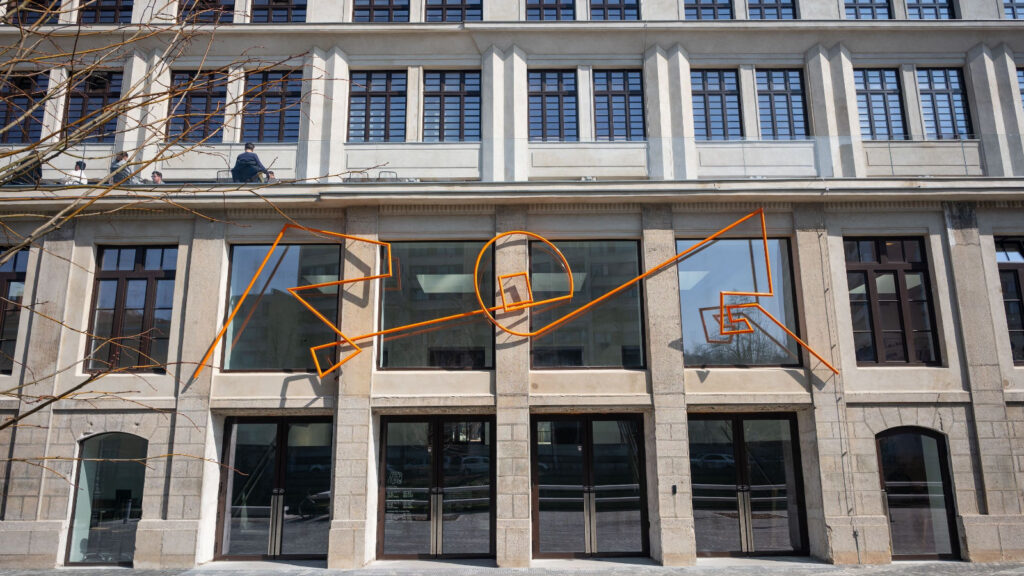
Photo: International-firms-benefit-Moscow
International firms benefit from Moscow’s redevelopment
31 October 2013
by Richard Forster
On 12 September, incumbent Sergey Sobyanin was sworn in as the next mayor of Moscow with promises to make Moscow a more liveable city. Eugene Gerden reports from Russia on the ambitious plans for development of the capital
As part of his election pledges, Mayor Sobyanin intends to focus on the active urban development of Moscow, through a recently adopted five-year programme, which was jointly developed by the city’s authorities with input from global mayors in the field of urban planning and development.
The incumbent mayor has already overseen the implementation of the biggest development project in the history of the city known as New Moscow, which involved a merger with territories located to the southwest of the capital. With the addition of areas such as Troitsk, Moscovsky and Scherbinka, Moscow moved from 11th to 6th place in the ranking of the world’s largest cities in terms of area. It remained in the same position, however, in terms of the world’s most populous cities, as the total population of the merged areas was fewer than 250,000 people.
The latest programme, which will govern Moscow’s development for the next five years, is known as “Moscow – the city, convenient for life” and is comprised of seven priority areas with transport at its core.
Like most of the world’s largest cities, Moscow is a classic monocentric agglomeration with the typical problems associated with this of which the most pressing is transport. Congestion is a key issue with the total number of private cars in the city estimated at more than 4.5 million, while during the peak hours 80 percent of the city’s citizens use public transport. Moscow has the second busiest subway in the world.
“Particular attention will be paid to the development of the Moscow subway and suburban rail service,” says Sobyanin. “During the next few years up to 150 km of subway lines and 70 new stations will be built.” In addition, the programme will involve the modernization of the suburban rail service. “As part of these plans, the arrival rate for commuter trains will be one every five minutes and the volume of passenger rail traffic during the next few years will increase from 600 million to 1 billion passengers a year,” says Sobyanin.
The mayor added that, in addition to the development of underground transport, there are plans to purchase a new generation of low-floor buses (for quick access and exit), as well as new cars for the Moscow trams.
The city government also plans to redevelop Moscow’s six major highways, among which are the Enthusiasts, Leningrad, Warsaw, Kashira and Yaroslavl highways, as well as Rublevskoe – Balaclava Avenue. There are also plans for the reconstruction of the Moscow Ring Road and the city government has not ruled out the possibility of transforming the highways, which pass along the embankments of the Moscow River, into underground tunnels to help alleviate congestion. The government estimates that if everything goes ahead the city’s road network will be expanded by 400 km by 2020.

Project tenders
In February 2012, the mayor announced an international tender for ten design and consultancy firms to provide their proposals for redevelopment of the capital. French architect and design consultancy Antoine Grumbach et Associés, best known for the development of Greater Paris, was one of the firms chosen in a nine-month competition to work on the redevelopment plans. Antoine Grubach will work with partner firm Jean-Michel Wilmotte et Associés on overall planning for Moscow while a nine partner consortium Capital Cities Planning Group will oversee the development of a new Federal District to house government agencies and departments in the south-west of the city. US architect firm Urban Design Associates and Canada’s Beasley & Associates are leading the Capital Cities Planning Group, which includes firms from the UK, Russia and United Arab Emirates.
According to the proposal submitted by Antoine Grumbach, the newly integrated territories in the New Moscow area will be connected to the city centre by a new subway line of 60 km. The total investment for its construction is estimated at €6 billion. The new line is expected to carry up to one million passengers per year and will be integrated with existing roads and subway lines, including the Moscow Ring Road.
“Details of the project will be presented after the signing of an agreement with the Moscow government, which is expected to take place by the end of the current year,” says a spokesperson for Antoine Grumbach et Associés.
In the case of the Moscow Ring Road, there are plans to use it for high- speed public transport instead of private cars. This will be achieved through the construction of interchange terminals, designed for different types of transport.
In addition, the French firm of architects plans to reconstruct the Kiev railway station, one of the city’s largest and to build two new stations in front of the Moscow State University and the Kremlin. In order to increase the traffic flows in the city, consultants at Antoine Grumbach have recommended banning big freight trucks from the city by setting up two logistics centres on the outskirts of the city and charging for entrance into the Garden Ring, (a circular avenue around the central Moscow) with the aim of reducing traffic jams in the city centre.
Green spaces
Along with tackling transport problems, the programme will focus on the creation of a liveable urban environment in the city, which is expected to be achieved through the protection of historical and cultural monuments, as well as land improvement and the provision of recreational and green spaces for citizens. The housing and construction boom, which took place during the 2000s, resulted in the widespread construction of multi-storey buildings often to the detriment of other infrastructure. The current density of the Moscow population is estimated at more than 10,588 people/km 2, which is comparable with New York City.
According to Mayor Sobyanin, the city will no longer rely on the practice of compact residential building and will focus on polycentric development. However, this will not affect the planned volume of residential development, which only this year saw 8.5 million square metres of new housing being built.
A focus on green public space will lead to the development of more than 50 parks, as well as children’s playgrounds and other recreational facilities throughout the city. According to plans of the Moscow authorities, up to 50 percent of the city’s future urban development will be for buildings with 50 percent for green spaces. Part of the development funds will be also invested in the improvement of street lighting and the development of pedestrian areas and cycle traffic.
The programme also involves development of the city’s health system and medical infrastructure. According to the Department of Health in Moscow, the average life expectancy in the city has already exceeded 75 years, and 50 new clinics will be built in different parts of the city during the next three years.
In order to improve the environment, Moscow became the first Russian city to use Euro-4 fuel and closed some ecologically harmful production facilities in particular a cement plant in the Pechatniki district of the city.
The Capital Cities Planning Group (CCPG) has proposed that the city develop the new Federal District around a system of lakes and canals. The new Federal City as it is called will be set in a forest area and will provide a mixed- used development for 1.7 million people. With the government being the largest employer in the city, the relocation of staff to the new district will help alleviate the problems of congestion and transportation in the city centre.
Larry Beasley of Beasley & Associates, one of the members of the CCPG, says that only with a plan for green development can the city achieve its aim of becoming a world-class capital.
“Moscow is striving to become one of the greatest cities in the world,” says Beasley. “To achieve this, it should have the best ideas on urban planning in terms of growth and the environment but if it does not take into account the ecological issues, it will not be able to become one of the best cities in the world in the coming years.”







